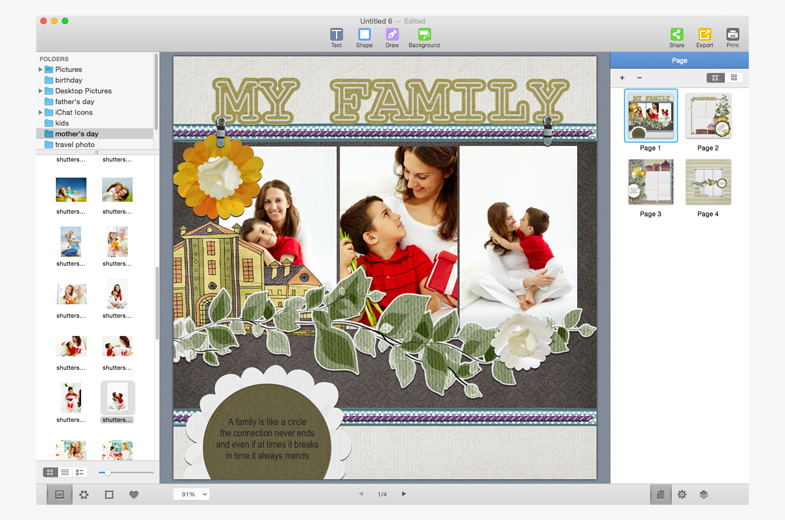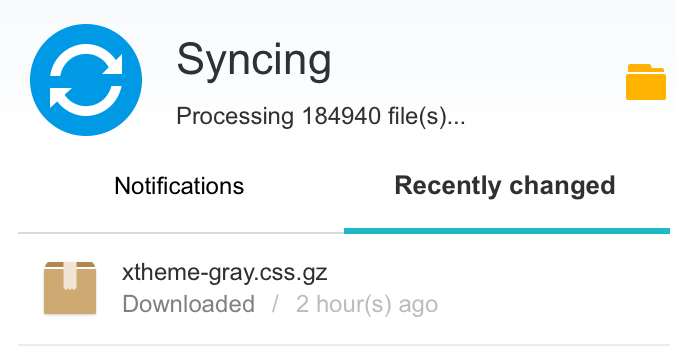Oct 29, 2020 Brackets is open source, free, and as sleek as a macOS application should be. Because of how lightweight Brackets is, it runs extremely well even on older Macs, making it our favorite Notepad Mac alternative for anyone who edits text on a regular basis. Dec 16, 2014 Reboot your Mac and hold Command-R at the startup sound to get to Recovery Mode. Open Disk Utility in the OS X Tools panel. Select your boot drive in the sidebar. Click the Unlock button, and then supply your FileVault password to unlock the drive.

Mac Os Mojave
What do we mean by System Integrity Protection i.e csrutil ?

Mac Os Mojave
What do we mean by System Integrity Protection i.e csrutil ?
On Mac OS X and other UNIX-like operating systems, including Linux, there's a 'root' account that traditionally has full access to the entire operating system. Becoming the root user — or gaining root permissions — gives you access to the entire operating system and the ability to modify and delete any file. Malware that gains root permissions could use those permissions to damage and infect the low-level operating system files.
When we type our password into a security dialog and we have given the application root permissions. This traditionally allows the application or root user to do anything to our operating system, although many users may not have realized this. Crazy pong 2 mac os. Necra mac os.
System Integrity Protection — also known as 'rootless' — functions by restricting the root account. The operating system kernel itself puts checks on the root user's access and won't allow it to do certain things, such as modify protected locations or inject code into protected system processes. All kernel extensions must be signed, and you can't disable System Integrity Protection from within Mac OS X itself. Applications with elevated root permissions can no longer tamper with system files.
How to turn Off Rootless System Integrity Protection in OS X El Capitan 10.11 +
If you feel this as over secure or some application are behaving unexpected but worked in previous version, then try this out.
NOTE: Do it on your own risk
- Reboot the Mac and hold down Command + R keys simultaneously to boot OS X into Recovery Mode
When the 'OS X Utilities' screen appears, pull down the ‘Utilities' menu at the top of the screen instead, and choose 'Terminal' - Type the following command into the terminal then hit return:
- You'll see a message saying that
System Integrity Protection has been disabled and the Mac needs to restart for changes to take effect, and the Mac will then reboot itself automatically
Never Ends Mac Os Catalina
just let it boot up as normal

